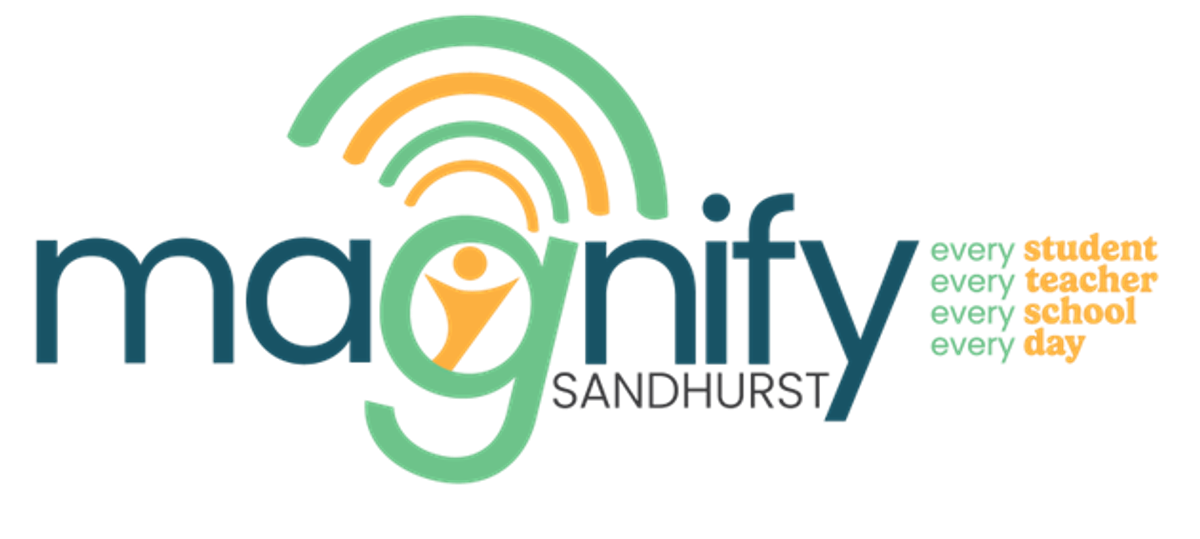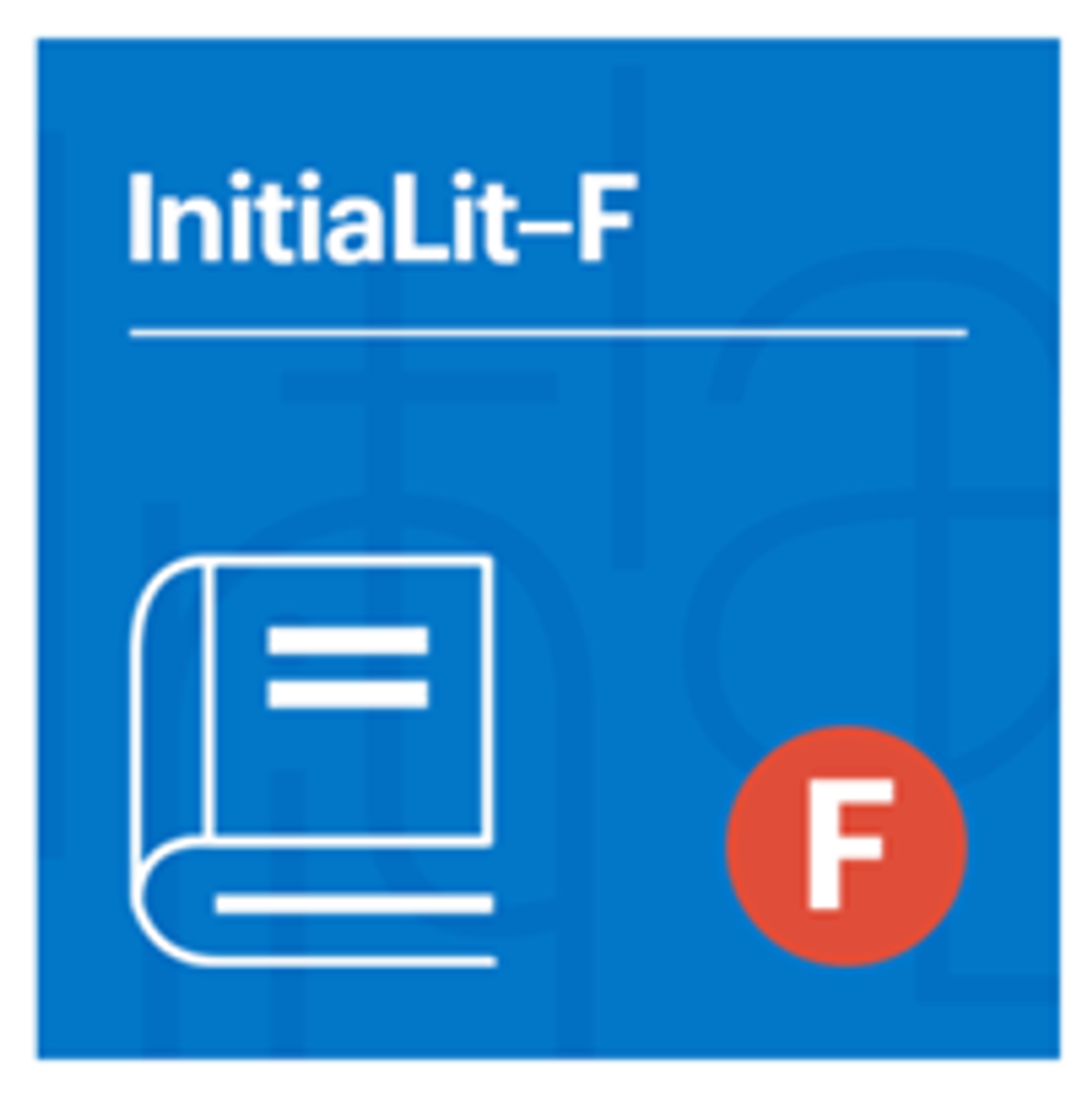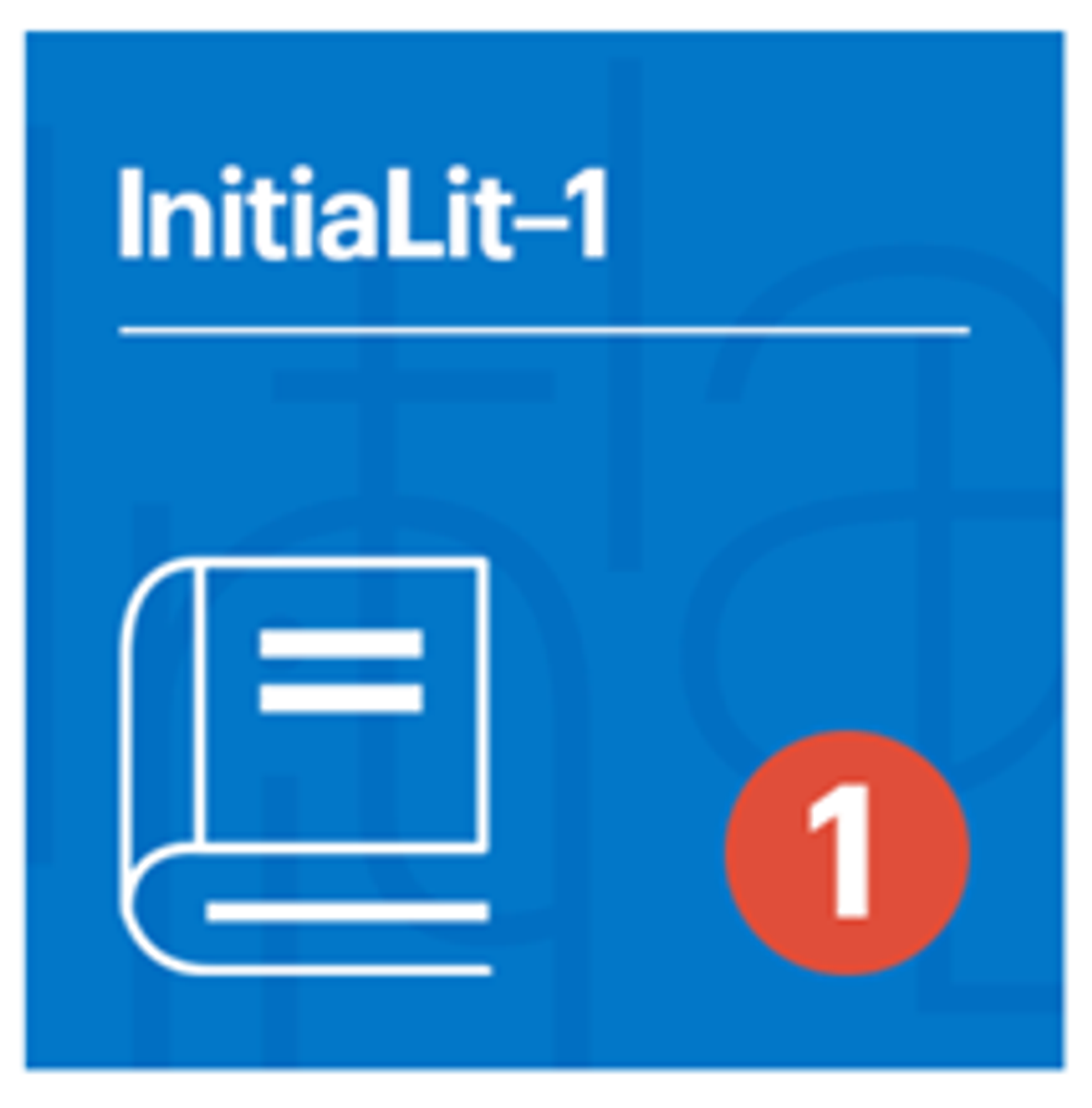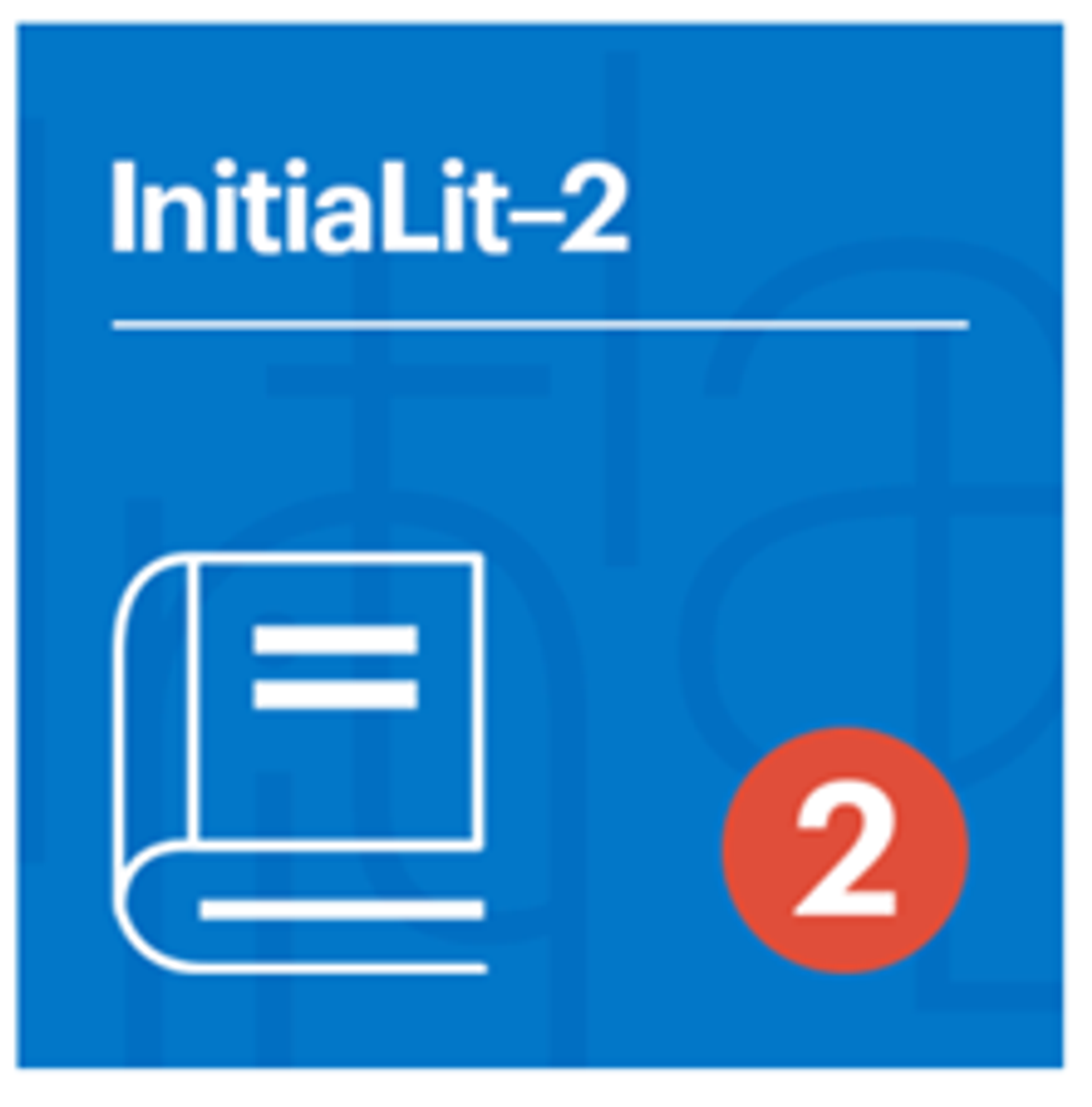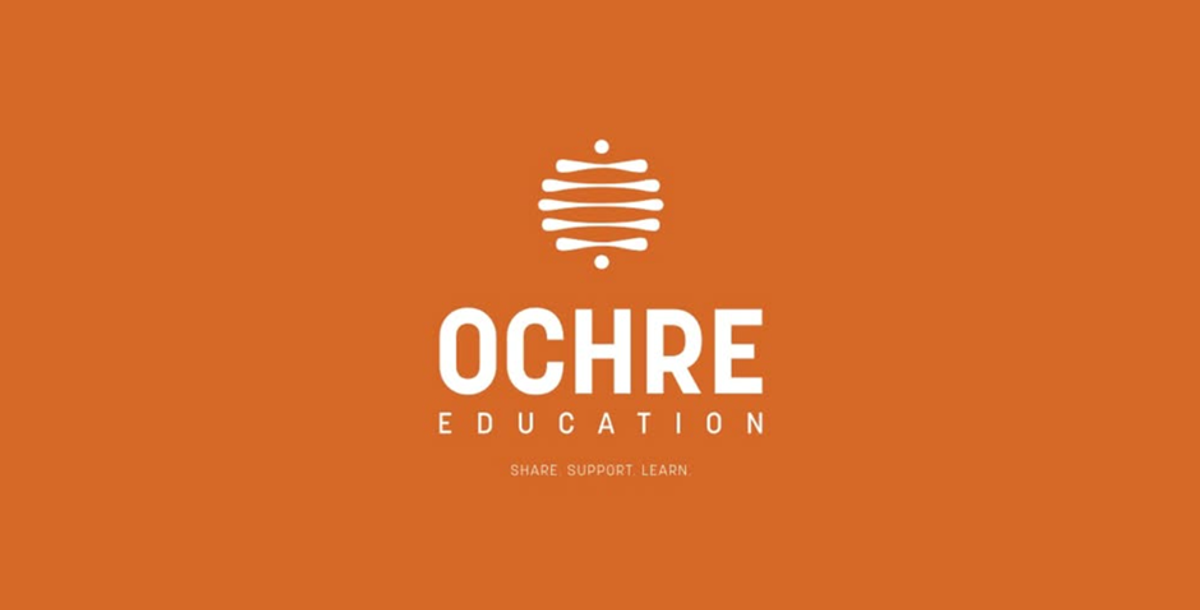Magnify
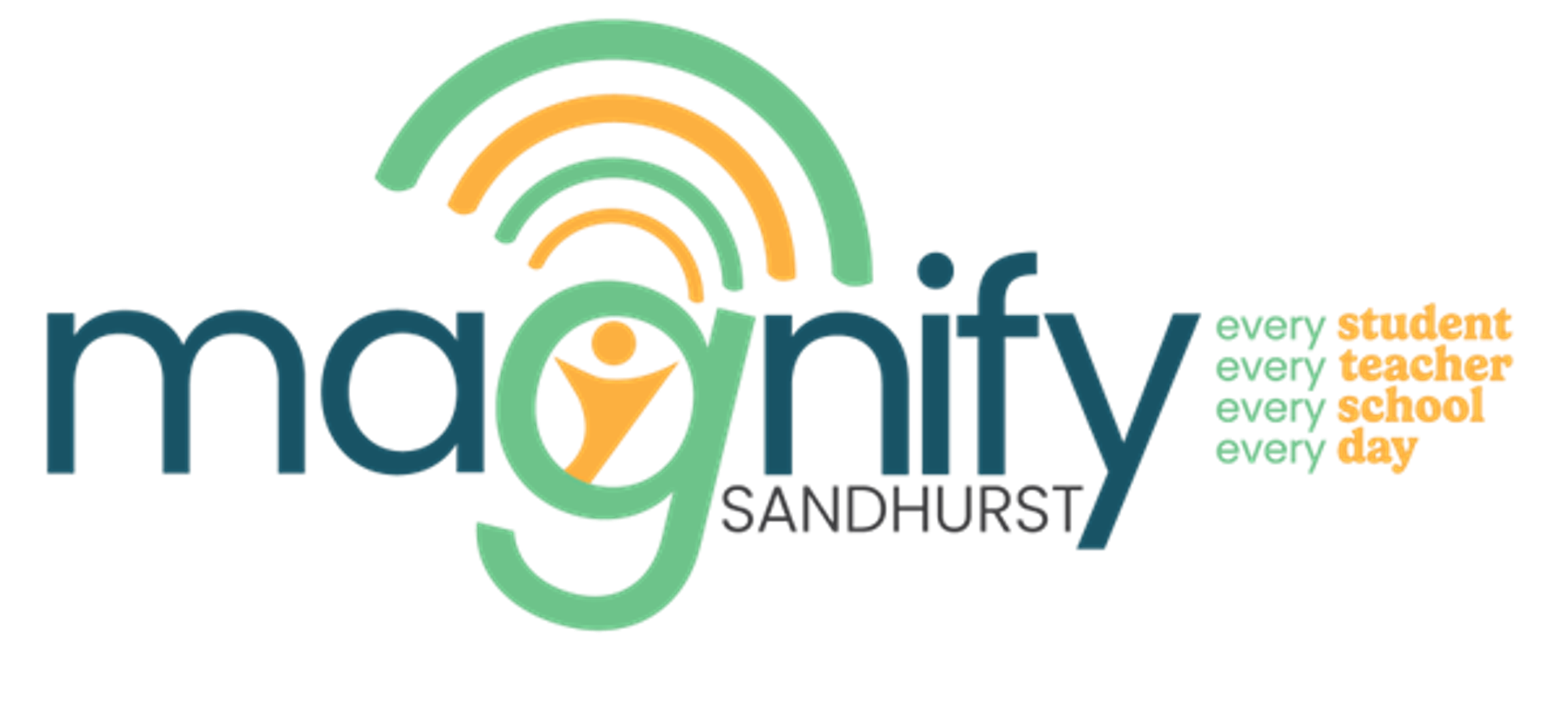
Magnify Around the Classrooms
#magnifysandhurst
It has been a busy fortnight in the P-2 area with lots of wonderful learning happening.
Foundation
Last week the Grade Prep children read “There’s A Bear On My Chair” and they explored what happened at the beginning, middle and end of the story. This week the Grade Prep children are reading “Super Worm”. They have been revising letters of the alphabet and discriminating between upper- and lower-case letters. Preps have also been exploring the middle sounds in words (vowels). They have played games such as the Sound Train to listen for the middle sound in words like hit, men, big, red, let, jet, fit, sit, set, let, bin. They have been exploring the structure of a sentence remembering that a sentence has a capital letter and a full stop.
Gr 1
Grade One children are studying the picture book, “Dave and Sam Dug A Hole”. Sam and Dave are on a mission. A mission to find something spectacular. So they dig a hole. And they keep digging. And they find . . . nothing. Yet the day turns out to be pretty spectacular after all.
Students are also exploring sounds that have two letters that make one sound (diagraphs) such as th, oo, ng
Gr 2
Grade Two children have read two story books called “Jo’s Friend, Russ” and “The Turtles Song”. After reading, the students have explored literal and inferred questions like - Where is Little Turtle at the start of the story? Where does she go? Why does she return to the beach?
They have been focussing on the number of syllables they can hear in words. The students have learnt that a closed syllable has only one vowel and the vowel is followed by one or more consonants. In a closed syllable, the vowel sound is short. They have one vowel followed by at least one consonant and the vowel makes a short sound. Eg. Hop, kick, fast. An open syllable has only one vowel and the vowel is the last letter in the syllable. In an open syllable, the vowel sound is long. They have one vowel at the end and the vowel makes a long sound. Eg. He, she, go.
Foundation
Grade Prep students have been learning how to add numbers. They have explored adding two numbers through various hands-on activities like rolling 2 die and using playdough to make a model of the numbers on two tens frames to add together. They have also begun to explore making models of numbers using MAB blocks eg 1 big stick (of 10) makes 10. Every small block is worth 1
Gr 1
Following the OCHRE program for Maths, Grade Ones have been learning the difference between addition and subtraction. Students are given addition or subtraction number stories, represented by pictures, and they create number bond diagrams to represent the story.
Gr 2
Grade Twos have been exploring and comparing the length of objects. They have used informal units with objects like blocks, paperclips and handspans to find the length of everyday items. When measuring with items like these, the students have learnt that the units should be lined up, meet end to end, and use the same units.
Gr 3 and 4
In 3/4, our literacy lessons continue to centre around the book storybook "Finding Our Heart. A story about the Uluru Statement for Young Australians" by Thomas Mayo. Students have completed worksheets relating to the story that focus on new vocabulary and grammar. The students have also focussed on learning how to write a quality paragraph by using the following structure:
- · Sentence 1 – Add “when” in detail.
- · Sentence 2 – Expand by explaining why
- · Sentence 3 – Expand by adding “who” and “why”
- · Sentence 4 – Expand by explaining “why”
- · Sentence 5 – Add a concluding sentence
For Maths, Gr 3s have been exploring length. Gr 4s have been learning about length and area.
Gr 5 and 6
In 5/6, our literacy lessons continue to centre around the book 'Waves' by Donna Rawlins, Heather Potter and Mark Jackson. This book is an 'anthology' and is a narrative non-fiction book about the waves of migration to the shores of Australia.
During writing time, we are focusing on writing a narrative non-fiction story. Students have started writing their stories this week, and are basing them on a moment in history of their choice. Students are writing in first person and using lots of descriptive language to describe the character, setting and feelings.
Our spelling lessons at the moment are focusing on applying the rules to add a suffix to the end of a word. In particular, we are looking at the suffix and 'ise'. We are also doing some work around compound sentences, and the use of conjunctions to join independent clauses together.
In maths, our focus is on describing probabilities and conducting chance experiments. Students are enjoying conducting experiments with dice, decks of cards, bags of beads etc.. And describing the probability of certain events happening.

